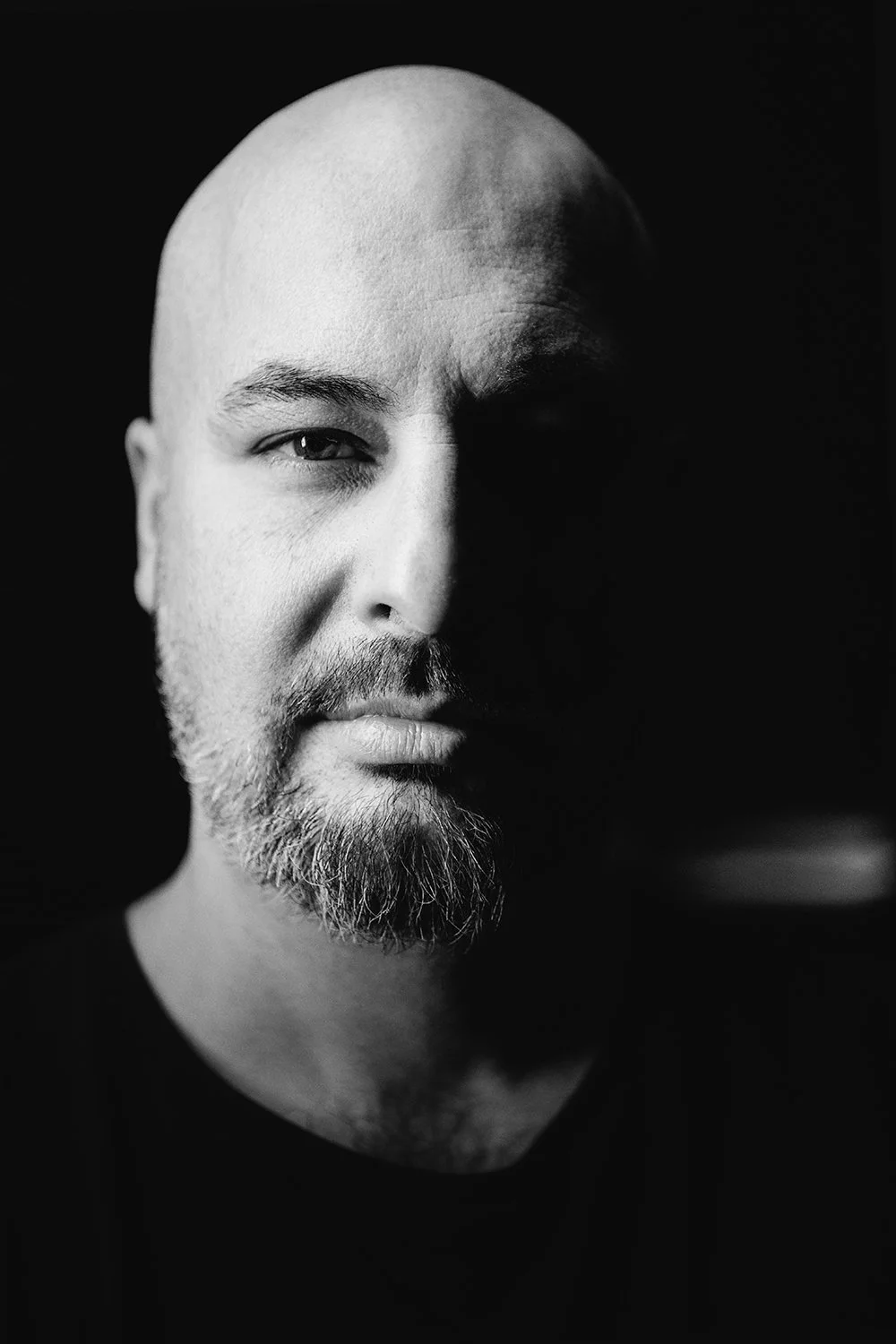Muhannad Shono (Riyadh, 1977) is a Saudi artist raised amid questions of origin and belonging. His practice is driven by a sustained inquiry into narrative and the systems of thought that bind human perception into rigid, singular doctrines. He examines how social and ideological constructs harden into uncompromising mono‑narratives—structures that confine meaning and restrict multiplicity.
Shono’s early relationship to storytelling was shaped by books subjected to the unwelcome collaboration between author and censor: words were redacted, images obscured—narratives interrupted. Yet these voids did not silence him; they compelled engagement with what was withheld. Blackened marks, meant to suppress, instead became generative liminal thresholds from which new worlds could emerge, fragment, and multiply. Absence became the seed of endless new stories.
This encounter with concealment informs his artistic thinking. For Shono, the mark, the line, and the void are not gestures of negation but instruments of renewal. Reclaimed, they dismantle rigid frameworks and cultivate landscapes where dormant meanings are exhumed, harvested, and unearthed amid a deliberate embrace of entropy—a fertile turbulence before new form.
His practice is rooted in a palimpsest of continual change, poised on the line between memory and imagined futures. Form, sense, and narrative remain infinite, timeless yet timely—mindful of the mortality of the past and the boundless endurance of the imagination.
Raised in Saudi Arabia by Circassian migrant parents, Shono learned early that belonging can be provisional, its borders shifting with each document and language. “Natural,” for Shono, is a working fiction challenged through a multidisciplinary practice where form, medium, and narrative interlace. Operating in the liminal zone between raw matter and industrial vocabularies, he develops hybrid techniques and grafted vocabularies that unsettle any claim to fixed essence, asserting an authenticity found only in continual re‑formation.
His work invites viewers into liminal spaces of fracture, revision, and indeterminacy—sites where stories remain unsettled and meaning resists definition.
